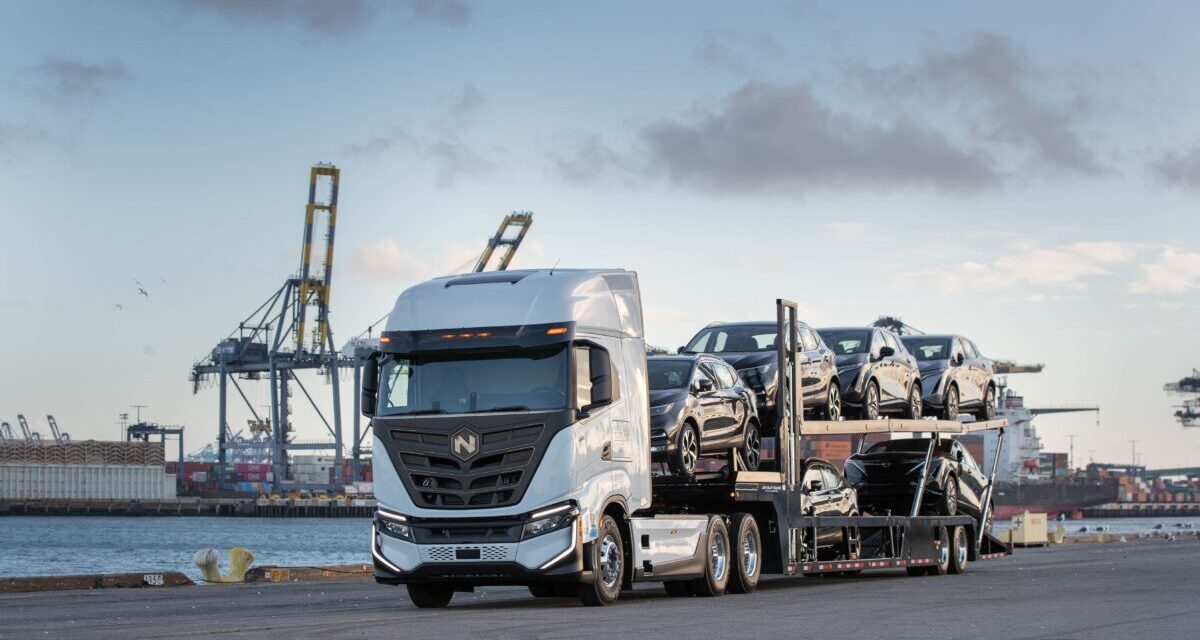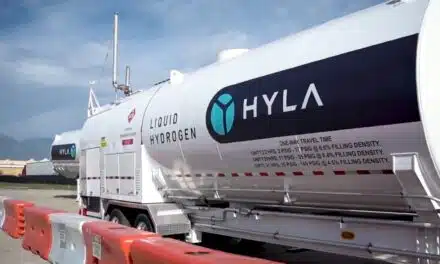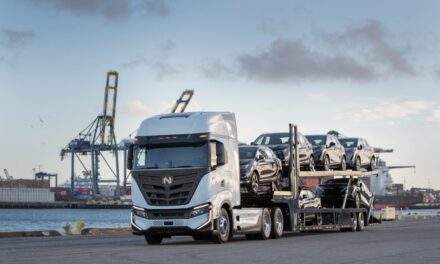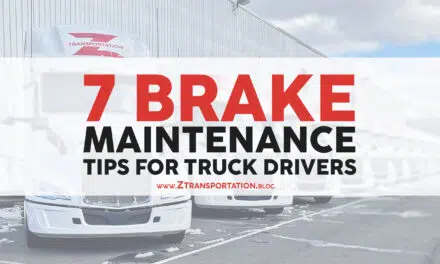
Nikola Motors says it has the sufficient cash flow to continue producing electric trucks and expanding its hydrogen fueling infrastructure for the next 12 months. However, the company’s auditor has expressed doubts, resulting in a going concern notification being filed with the SEC.
Nikola stated in its 2022 Form 10-K annual filing that “if capital is not available to the company when, and in the amounts needed, the company could be required to delay, scale back, or abandon some or all of its development programs and operations,” which could “materially harm” Nikola’s business, financial condition, and results of operations.
“Substantial doubt has arisen regarding the Company’s ability to continue as a going concern through the following twelve months from the date of issuance of these consolidated financial statements,” as stated in the accompanying notes to the financial statements.
According to Nikola, the auditor’s assessment is just “accounting terminology.”
CFO of Nikola Kim Brady told FreightWaves that the going concern notification was “accounting terminology” that didn’t reflect reality.
Nikola is in “greater shape” than it was at the end of 2021, CEO Nick Brady said on Saturday, because to the company’s $323 million in cash on hand, three avenues via which it can sell shares to generate capital, and plans to spend $200 million less than it did in 2018.
By the close of 2021, Nikola’s liquidity amounted to $958 million, including $522 million in cash and $436 million in an equity line of credit (ELOC) with Tumim Stone Capital.
After spending $805 million that year, the company had a total of $943 million in liquid assets at year’s end (323 million in cash, $232 million in the ELOC, and access to an additional $312 million through an at-the-market share sale registration with Citigroup Global Markets), plus $75 million in convertible debt.
Ernst & Young, Nikola’s auditors, said that the company shouldn’t put any faith in its prospects and instead should focus on preserving its financial reserves. Nikola was able to qualify for the ELOC a year ago because it had $200 million more cash on hand.
“They are implying that future events cannot be known with full certainty or be controlled,” Brady added. They told us that the future is unpredictable. No one I know personally has the power to influence the value of any company’s shares.
That being said, conditions for gaining entry to financial markets are not greater than they were in 2022. “And it might even improve in the second half of 2023,” he said. The cash condition of Nikola has not changed much between 2021 and the end of 2022.

Putting the brakes on production to save money
Nikola’s first product, the Class 8 day cab Tre BEV, has seen production delays as a result of the inadequate charging infrastructure. Nikola’s selling price for the truck is significantly higher than the revenue it brings in, by a factor of more than seven.
It cost Nikola more money when it paid $110,000 less for each battery module it bought from the startup Romeo Power Inc. in August. Nikola will be shifting the manufacture of its batteries from the Romeo plant in Cypress, California, to its own facility in Coolidge, Arizona. There have been significant adjustments made to reduce battery costs.
Reportedly, the firm will sell its Coolidge facility and lease it back from the buyer. Nikola has leased back its former Phoenix, Arizona, headquarters after selling it for $36.5 million in 2022. It’s normal practice in business to have one party pay another.
In the last three months of the year, consumers can purchase the Tre FCEV. Manufacturing a fuel cell truck will be cheaper than a battery electric vehicle. Nikola’s prices, however, will exceed the market average of $374,000. The price of a Tre FCEV can be lowered by as much as $40,000 thanks to the federal Inflation Reduction Act and a $288,000 tax credit available in California.
Nikolai’s Search for More Hydrogen Partners
The firm is on the lookout for joint venture partners to expand its hydrogen manufacturing and distribution operations. The company is not currently exploring options to obtain capital for the FCEV program, such as spinning off the energy business or finding a financial partner.
Neither the hydrogen business nor the fuel cell truck business exists at this time, Brady added. Fuel cell trucks drive the need for hydrogen. The fuel cell truck can’t move forward without that combo.
The most abundant element on Earth, hydrogen, is also used in numerous other industrial processes, such as the production of steel and ammonia. Carey Mendes, president of Nikola’s energy unit, used to work for British Petroleum, which is now known as BP. Earlier this month, the oil giant announced that it will acquire TravelCenters of America (TA). TA, situated in Westlake, Ohio, was one of Nikola’s earliest partners in hydrogen filling stations.
From our point of view, this is fantastic news. During Thursday’s earnings call, Nikola CEO Nick Brady told Vertical Research Partners analyst Jeff Kauffmann that large oil companies were getting more serious about hydrogen distribution because they recognized that hydrogen was the fuel of the future and the present.
“There has been no shift in the status quo of our engagement with TA. We believe that this will strengthen our relationship with TA moving forward and accelerate our partnership because the majority of our energy team is from BP and is extremely familiar with the people at BP who have purchased TA.
In 2020, BP and Nikola are planning to collaborate in the energy sector. Nikola shares plummeted when a short seller, Hindenburg Research, published a study casting doubt on the company’s technological prowess and achievements. Many would-be collaborators, including GM, abandoned the project.
Brady asserted, “We are better positioned than before since we will be paying less and will also have a fuel cell vehicle to market.” As a business, we face less danger now than we did a year ago.
Other Articles
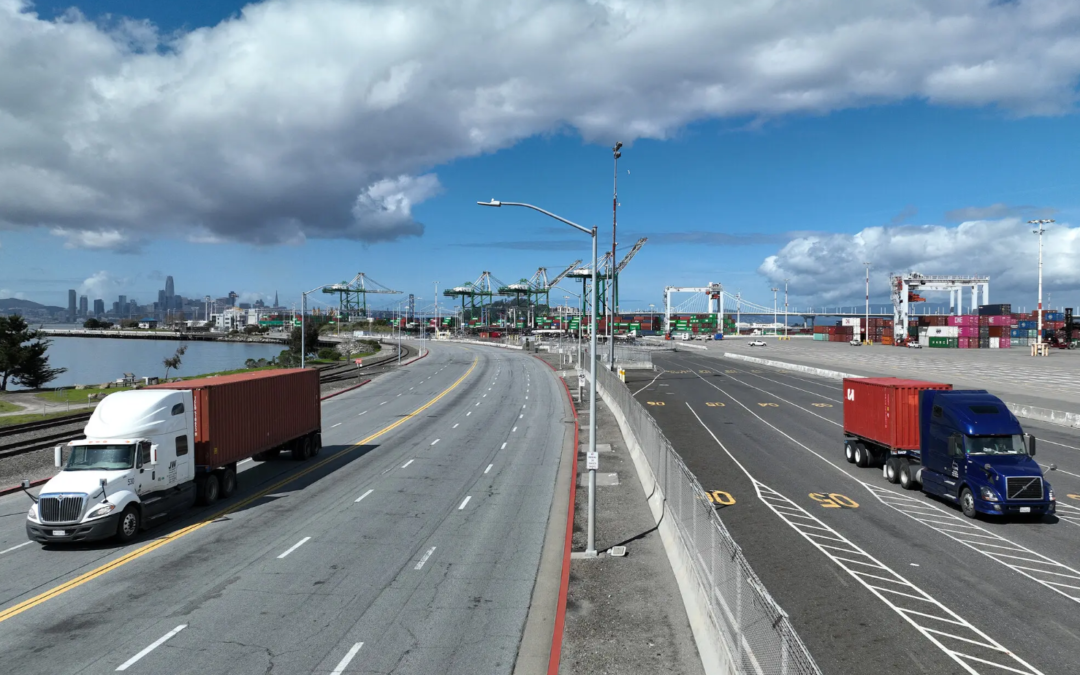
California is first in world to ban new diesel trucks by 2036
In order to cut pollution, California state officials authorized a ban on the sale of new heavy rigs and buses that use diesel by 2036.
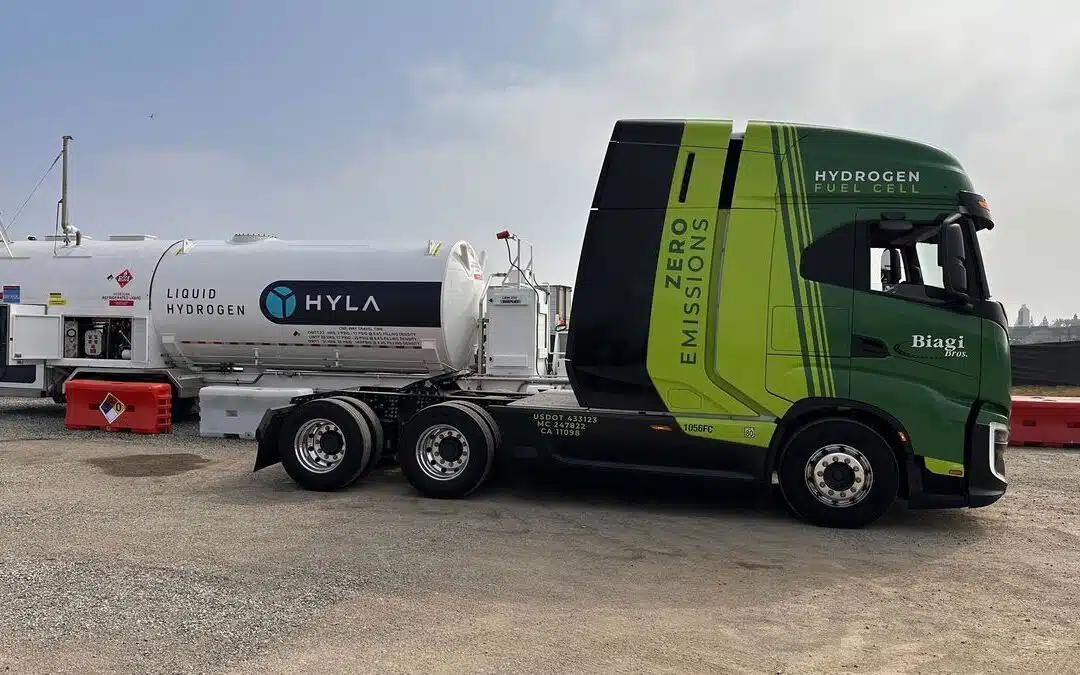
Revolutionizing Green Transport: Nikola’s Hydrogen Fueling Innovation
In the dynamic world of alternative fuel transportation, Nikola, a pioneering heavy-duty truck manufacturer, has recently unveiled its first HYLA-branded hydrogen refueling station. This strategic move marks a significant leap in hydrogen fueling innovation,...
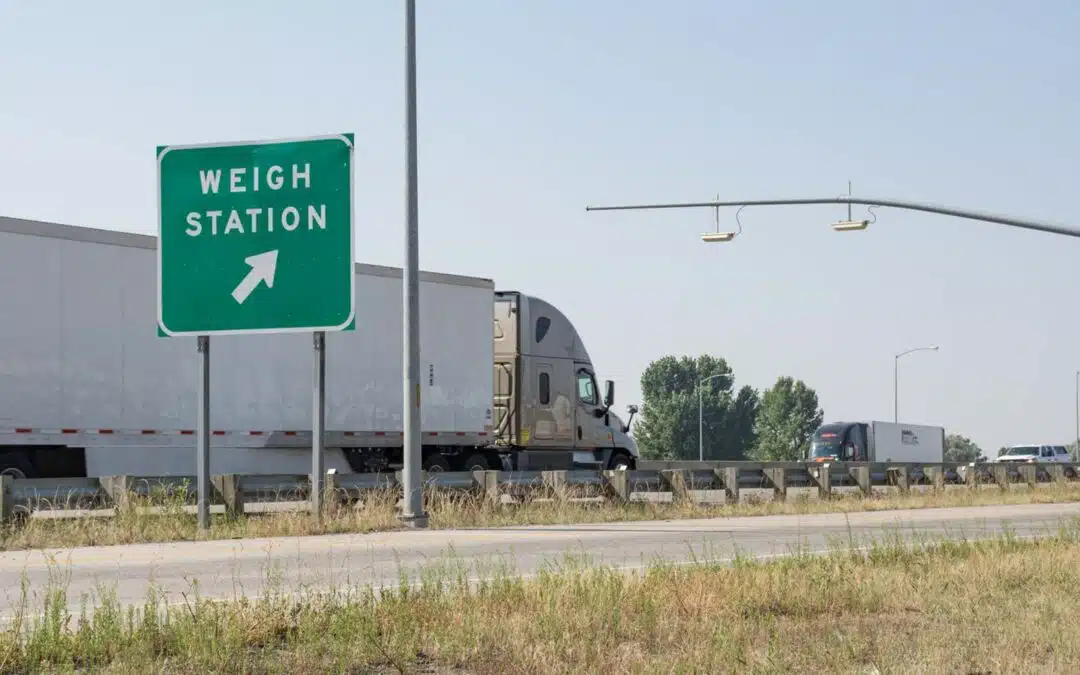
Breaking News: The MOVE Act Set to Transform State Authority on Truck Weight Limits Amid Rising Freight Congestion
Tackling Freight Congestion with the MOVE Act In an unprecedented move, the Modernizing Operations for Vehicles in Emergencies (MOVE) Act emerges as a game-changing proposal in the logistics and transportation sector. Aimed at combating freight congestion, this bill...
Stay Up to Date With The Latest News & Updates
Join Our Newsletter
Follow Us
